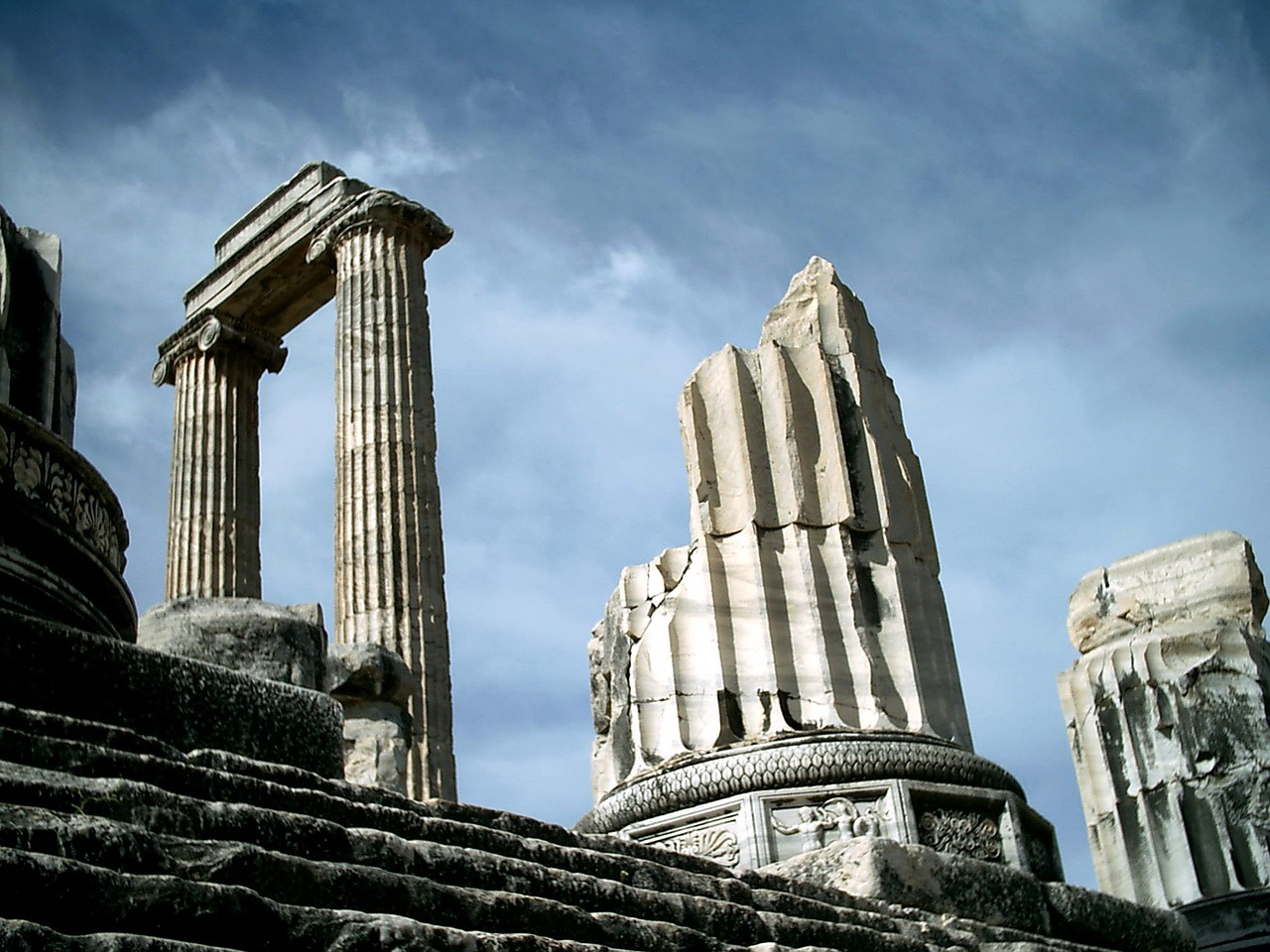Apollo Grannus: Origin, Attributes, and Regional Diversity
Introduction to Apollo’s Role
Julius Caesar once noted that the Gauls worship a range of deities including Apollo, similarly to other cultures, believing that Apollo has the power to prevent diseases. However, Apollo is a multifaceted god, recognized as the god of light, music, arts, and healing, often seen as the ultimate divine figure. His role as a healer is established in ancient texts, linking him to plague and healing rituals, and showing that he shares his curative abilities with various deities in the mythology of Gaul, such as Mars and Hercules. Particularly in Gaul, Apollo is associated with therapeutic hot springs.
Origins and Family of Apollo
The identity and worship of Apollo are shaped by his familial connections. He is the twin brother of Diana, sharing attributes such as hunting prowess and associations with celestial spheres (the sun for Apollo and the moon for Diana). Their mother, Latona, faced challenges during childbirth due to Jupiter’s wife, Juno, forbidding her from finding refuge on solid ground. This led her to the floating island of Delos.
Apollo’s romantic endeavors span both nymphs and mortals, his most noteworthy crush being Daphne, who evaded his advances by turning into a laurel tree – a plant that subsequently became sacred to Apollo.
In Greek mythology, Apollo is depicted as the father of Æsculapius, the god of medicine, and Hygieia, the goddess of health. However, Derona, a goddess in Gaul, is often identified as his partner and may share similar healing attributes, just as the Muses, who represent the arts and inspiration, are part of Apollo’s circle.
Apollo is frequently represented alongside his younger brother Mercury, highlighting their collaborative achievements. Their relationship is celebrated in inscriptions and artworks throughout Gaul, suggesting a shared guardianship over essential aspects of life such as health and prosperity.
Attributes of Apollo
The visual representations of Apollo encapsulate his youthful and androgynous characteristics, usually illustrated with long hair and a beardless face. His primary symbol is the lyre, showcasing his mastery over music, though he is also often depicted with attributes like the bow and arrow, the laurel tree (a tribute to Daphne), and the tripod at Delphi, emblematic of his oracular role. Notable animals associated with him include the python and the griffin.
In Gaul, depictions of Apollo maintain fidelity to their Greek inspirations, although coinage reflects less traditional portrayals, influenced by various artistic interpretations.
Regional Variants of Apollo
César’s observations suggest that the Gauls identified a healing god as early as the teachings of Posidonius, with archaeological findings reinforcing Apollo’s association with thermal springs in regions such as Grand, Bourbonne-les-Bains, and Bourbon-Lancy. The following is a list of Apollo’s recognized attributes in Gaul:
- Apollo Anextlomarus
- Apollo Atesmertis
- Apollo Augustus
- Belinos
- Apollo Borvo
- Apollo Cobledulitauus
- Apollo Demioncus
- Apollo Dunocaratiacus
- Apollo Flaccus
- Apollo Grannus (also known as Amarcolitanus, Mogounus, Phœbus)
- Apollo Maponus
- Apollo Magiorix
- Apollo Matuix
- Apollo Moritasgus
- Apollo Siannus
- Apollo Toutiorix
- Apollo Veriogodumnus
- Apollo Vindonnus
- Apollo Virotutis
The understanding of these names often involves translating their Celtic roots, with titles like Anextlomarus suggesting duties as a protector and others having more obscure meanings, such as Flaccus.
The epithet Maponus, interpreted as “great son” and linked to similar figures in Welsh and Irish mythology, has prompted scholarly discourse despite geographical and temporal separation from ancient Gaul.
Three primary zones of Apollo’s worship exist, notably the Grannus area in the north, the Borvo zone in Burgundy, and the Belinos territory in the south.
Apollo Grannus
Predominantly worshipped in northern Gaul, Apollo Grannus is frequently invoked alongside Derona, hinting at a strong connection between the two deities. His association with Phœbus further aligns him with the classical sun god. The etymology of Grannus is debated, with interpretations linking it to warmth, sunlight, and healing.
At Limoges, a notable festival dedicated to Grannus saw celebrations spanning ten nights, though the specific dates remain uncertain.
Borvo and Moritasgus
Borvo, celebrated in central Gaul, is directly linked to thermal springs, with major sites like Bourbon-Lancy paying tribute to him. He is often worshipped alongside Damona, the “Great Cow,” while Apollo Moritasgus appears in Alesia, highlighting regional variances in divine representation and local customs.
The Cult of Belinos
Most prevalently found in northern Italy, Belinos’ worship has echoed throughout Gaul, with inscriptions showing varied interpretations of his names and attributes. Belinos is less explicitly linked to Apollo in Gaulish contexts than in Italian inscriptions, although scholars have attempted to connect the two.
Festivals and Cultural Significance
One known festival for Apollo, celebrated for ten nights at Limoges, underlines the importance of community and healing in ancient Celtic practices. Rome also honored Apollo with festivals, showcasing the deity’s intertwined significance across cultures.
Conclusion
Apollo’s worship in Gaul reflects a complex understanding of his attributes—healing, sun association, and artistic inspiration—emphasizing his role beyond mere medicine to include beauty, truth, and the arts, revealing a broad, rich tapestry of divine influence in Celtic culture.



